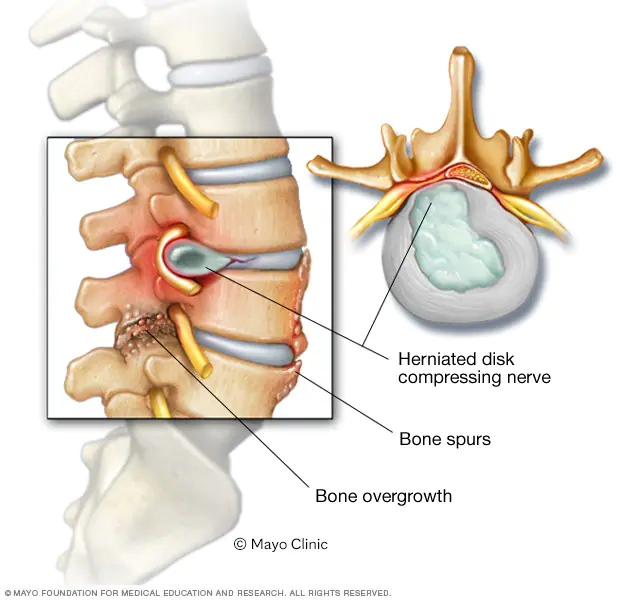
Why does this happen?
A stenosis or narrowing of the spinal canal can be genetically predisposed or develop over time. This can happen because of:
Bone spurs – is extra bone growth associated with arthritis and aging, that can sometimes be pushing into the spinal canal.
Herniated disks – is when the shock absorbing discs between the vertebrates push into the spinal canal. These discs have viscous fluid within them that can create bulges over time. Usually they’re innocuous.
Thick ligaments – The surrounding tissue can become thicker and limit/narrow the space.
Tumors – are rare, can form inside the spinal canal.
Spinal injuries – Car accidents and other trauma can cause spinal bones to break, move out of place or cause swelling.
Can physiotherapy help with lumbar stenosis?
Fortunately, physiotherapy treatments are available to help manage the pain and other symptoms of lumbar stenosis. These treatments are tailored to each individual and can include a combination of manual therapy, strength and flexibility exercises, and other modalities. Manual therapy is often used to improve range of motion, reduce pain and inflammation, and improve overall function of the lumbar spine. This may involve techniques such as joint mobilization, massage, and soft tissue manipulation. Strength and flexibility exercises are also used to improve the strength and stability of the lumbar spine. This can help reduce pain, improve posture, and increase range of motion. These exercises may include core strengthening, stretching, and other exercises that target the muscles of the lower back and abdomen.
When is surgery required?
In severe cases where the narrowing of the spinal canal is causing unremitting neurological symptoms such as numbness and weakness, loss of spinal reflexes and/or changes in bowel and bladder function surgery is required to alleviate the pressure placed on the spinal cord. Physiotherapy is beneficial following spinal procedure for the aforementioned reasons.
What should you do if you think you may have lumbar stenosis?
When it comes to lumbar stenosis, it is important to get an accurate diagnosis and create a comprehensive treatment plan that is tailored to your individual needs. A physiotherapist can help you develop a treatment plan that works best for you and provides long-term relief from the pain and other symptoms of lumbar stenosis.
Pranay Singh
PEAK Sports And Spine Centre Coach and Physiotherapist
Let's get started — How can we help?
Physiotherapy
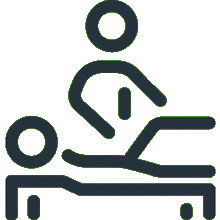
Chiropractic
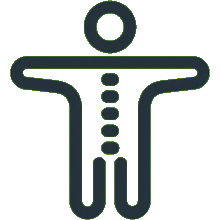
Podiatry
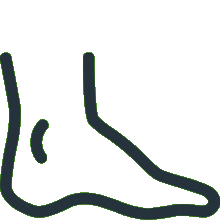
Massage Therapy

Women's Health Physiotherapy

Running Program Tailored To Your Goals
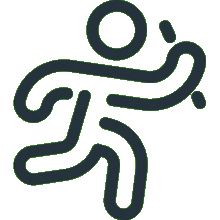
Joint Mobilisation
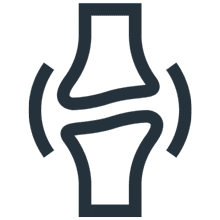
Active Release Technique

Exercise Prescription
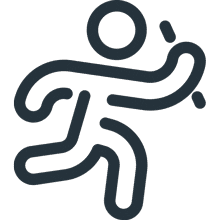
Real Time Ultrasound Imaging

Spinal Manipulation
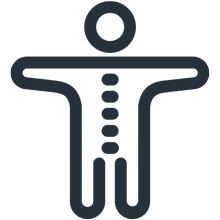
Functional Movement Screen
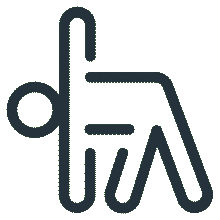
Knee Pain Treatment

Hamstring Strain Treatment
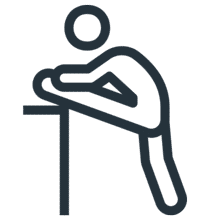
Hip Pain Treatment

Upper, Middle & Lower Back Pain

Neck Pain Treatment

Shoulder Pain & Rotator Cuff Tear

Can't find what you're after?
View all Services
Make an appointment
Or email the PEAK team at info@peakssc.com.au
Hawthorne
- Phone: (07) 3399 3318
- Fax: (07) 3319 6577
Address
5/171 Riding Road,Hawthorne, QLD, 4171 Get Directions
Opening Hours -
6 days per week
- Monday - Friday: 7:00 am - 8:00 pm
- Saturday: 7:00 am - 1:00 pm
To make a booking outside of business hours, please use our form by clicking here.
New Farm
- Phone: (07) 3399 4668
- Fax: (07) 3319 6577
Address
1/15 Lamington Street,New Farm, QLD, 4005 Get Directions
Opening Hours -
6 days per week
- Monday: 7:00 am - 8:00 pm
- Tuesday: 7:00 am - 8:00 pm
- Wednesday: 9:00 am - 8:00 pm
- Thursday: 10:00 am - 8:00 pm
- Friday: 7:00 am - 3:00 pm
- Saturday: 7:00 am - 3:00 pm
To make a booking outside of business hours, please use our form by clicking here.
